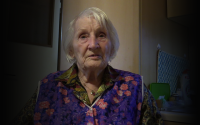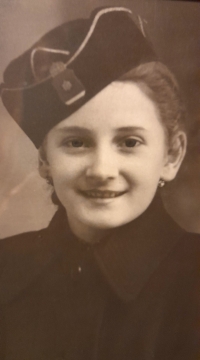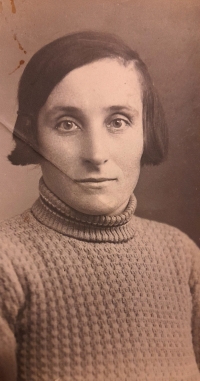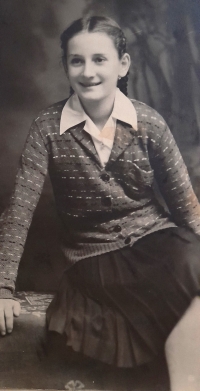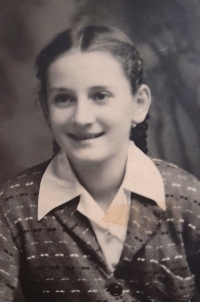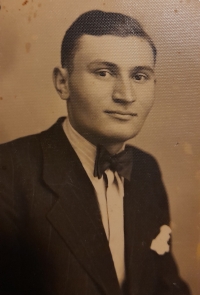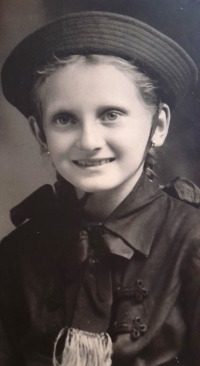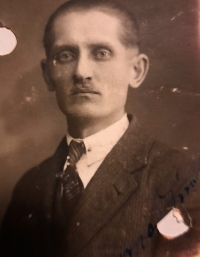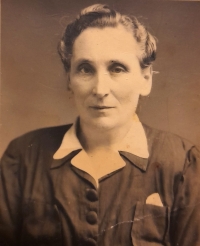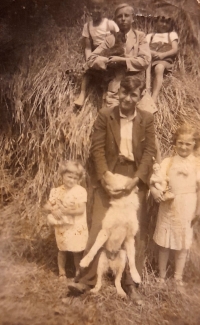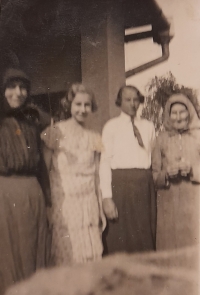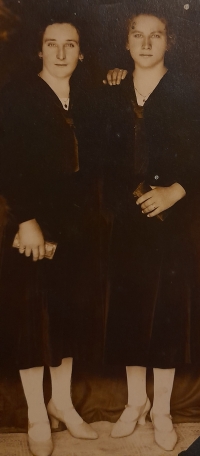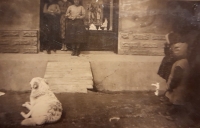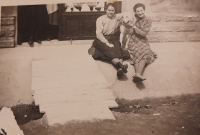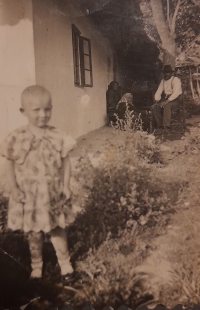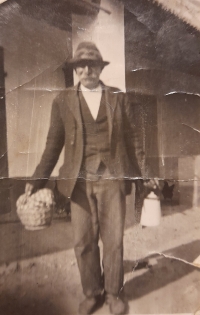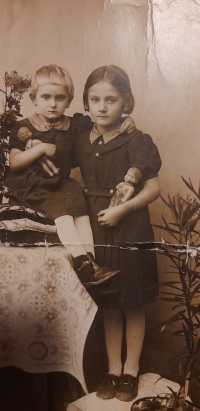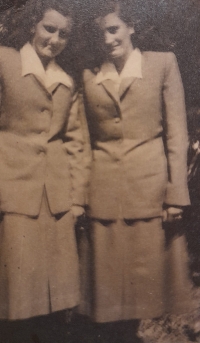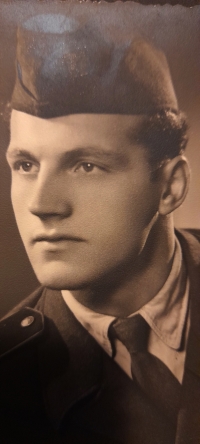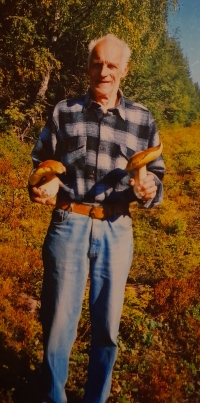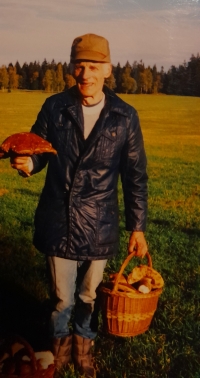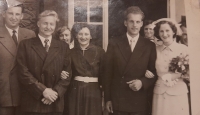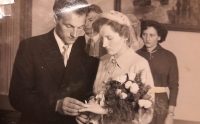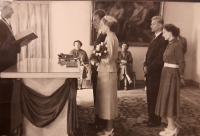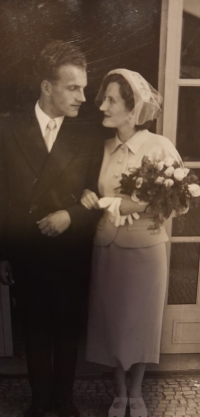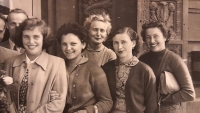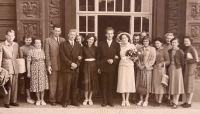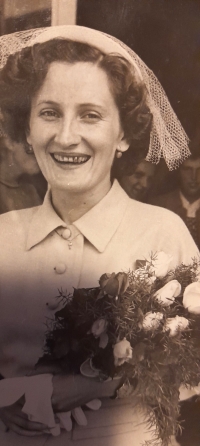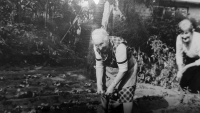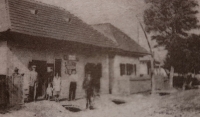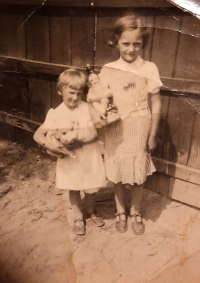Slovaks and Hungarians, until the war we were like one family
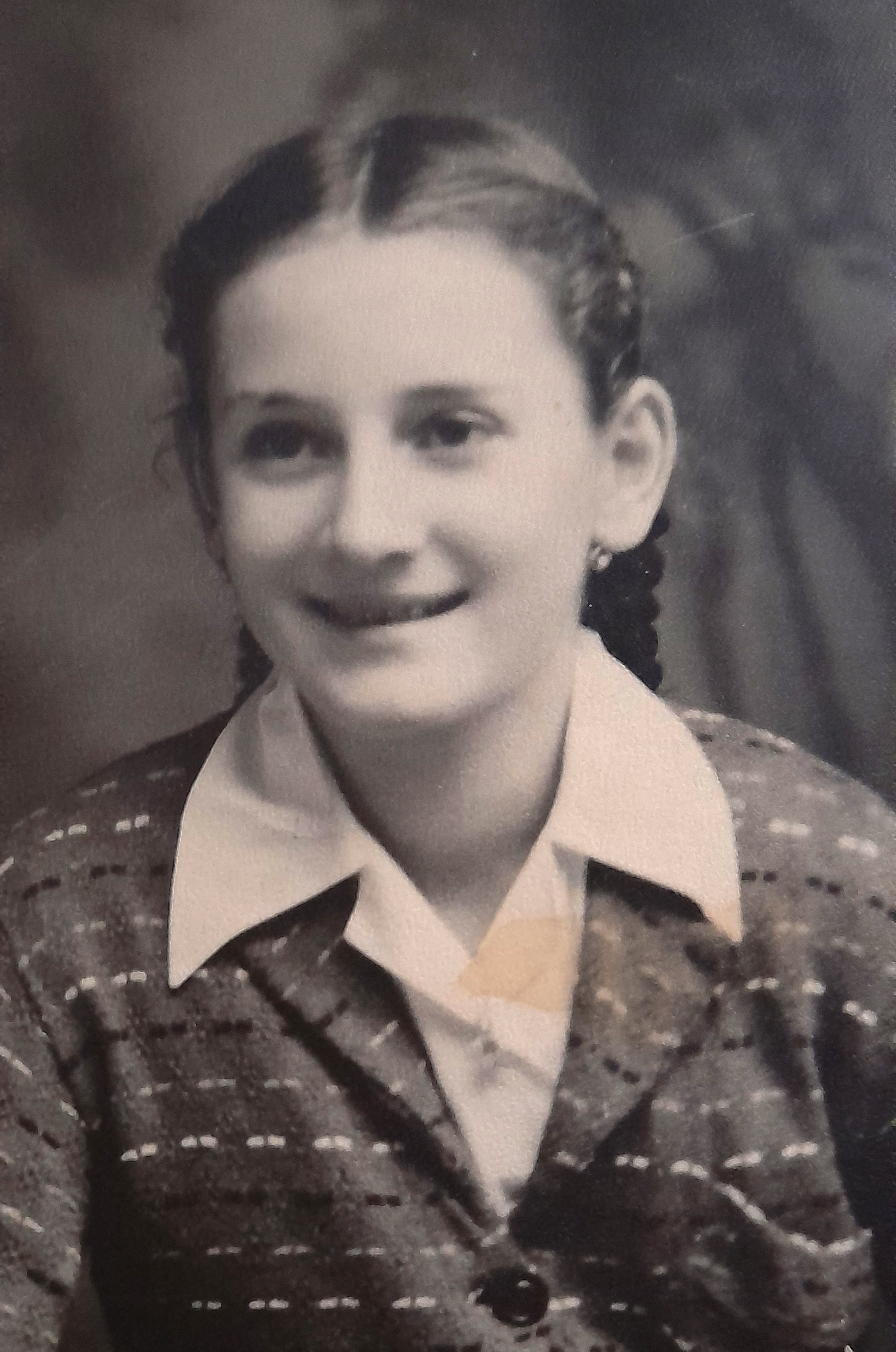
Download image
Zlata Bednářová was born on 8 April 1931 in Slovakia in a village then called Lot (renamed Veľké Lovce after the war), in the district of Nové Zámky, into a Slovak-Hungarian family as Aurelia Korpášová, later renamed Zlata. Her mother Gizela came from the village of Čechy near Veľké Lovce. Her father Josef Korpáš had a grocery store and a pub in Velké Lovce. Zlata was the oldest of three sisters. They spoke Hungarian and Slovak at home and also knew German, and she considers her native language to be Hungarian, which was spoken by her grandparents, her mother and the Hungarian maid who lived with them during the war. The family was strongly religious, they were Calvinists. In 1938-1945 Veľké Lovce was part of the territory occupied by Hungary. However, their village was almost untouched by the war. Zlata graduated from the municipal school in Veľké Lovce and also attended the town school in Nové Zámky. After her father’s untimely death, she started to work as a barely seventeen years old girl in the family shop. After 1948, the shop was nationalised by the communists. Zlata then worked briefly in Želiezovce as a store manager, then she was transferred to Nitra to the company headquarters and as an inspector she was in charge of 29 village stores. At the age of about 20 she decided to leave for Prague, which attracted many of her peers at that time. She got a job in a grocery store in Zbraslav, and in the mid-1950s she married a room painter, Jaroslav Bednář. They then lived for six years in Nové Zámky, Slovakia, before returning to Zbraslav, where Zlata Bednářová was still living at the time of the filming in 2022. She worked for 25 years as a manager at the Radlice dairy and was also a tourist guide in Slovakia and Hungary. She raised a daughter and a son.
